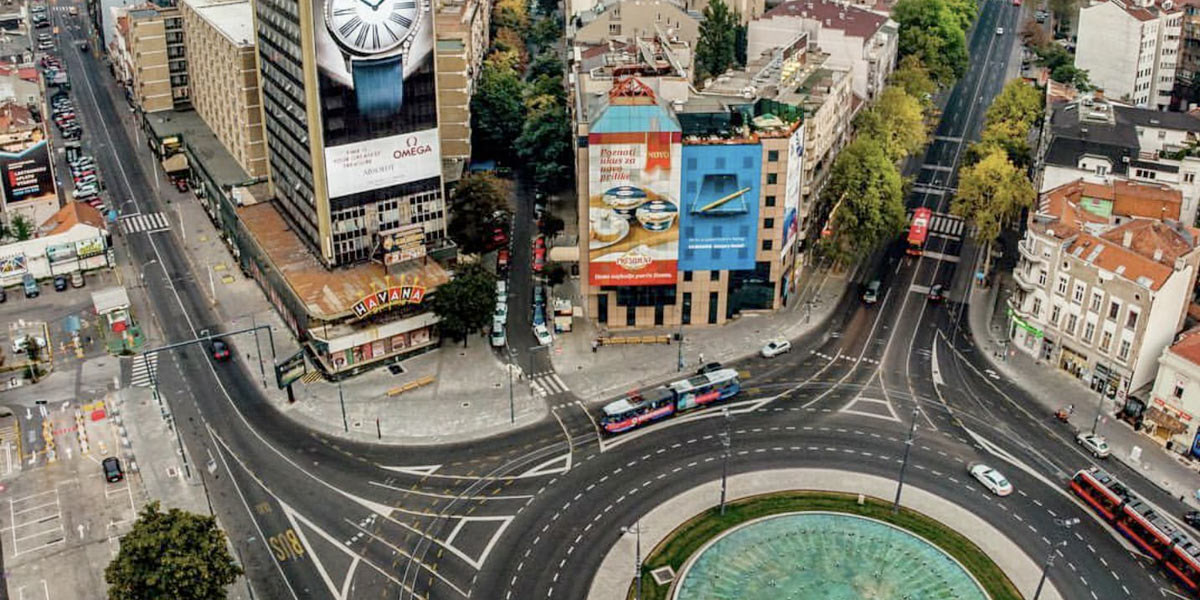Air Transport
Air Serbia is the largest transport airline in Serbia on international and domestic routes. The airline was previously known as Jat Airways until it was renamed in 2013. Air Serbia began operating under the new name on October 26, 2013.
At the international airport in Belgrade (Nikola Tesla Airport) you can also see planes of foreign airlines: Turkish Airlines, Aeroflot, Olympic Airways, Austrian Airlines, Lufthansa, British Airways, Air France, KLM, etc.
Railway Transport
An extensive rail network connects Serbia with all parts of Europe. In Serbia, the benefits that apply to international rail transport are also in force: Intel Rail, Euro Domino, Balkan Flexipass.

Automobile Transport
The main highways of Serbia are directed to the southeast and pass through Belgrade and Nis towards Greece. For the use of motorways (“autoput”), local residents pay a small fee in dinars, and foreigners in euros (about 7 euros from the Hungarian border to Belgrade and 35 from Belgrade to the Bulgarian border). The amount is charged at the exit of the freeway, not at the entrance. All other roads are free and often not in the best condition. Many mountainous areas with areas not fenced off from rockfalls and poor lighting make it very difficult for independent movement around the country. Tourist information boards and road signs are often missing, and existing signs are often pasted over with advertisements to the point of being completely unreadable. The manner of driving a car by local residents is also quite peculiar and requires some getting used to. On highways, the speed limit is 120 km/h, on first-class roads 100 km/h, and on second-class roads 80 km/h. In urban areas, the speed limit is 60 km/h. On sale there is gasoline with octane numbers 86, 98 and 95. “Traditional” 95th gasoline is designated as “95 bezolovni”. For refueling vehicles running on 92 gasoline, leaded gasoline is used, designated at gas stations as “95”. The price of all types of gasoline (95, 95 bezolovni, 98), as a rule, is the same or differs by no more than 2 cents. Queues periodically form at gas stations owned by the state-owned companies Yugopetrol and Beo-petrol and selling cheap gasoline. You can use the services of private stations, where prices are higher and queues are shorter.
Drivers are required to have an international driving license and an insurance document for the car.
Border crossings for road transport
Entry into Serbia for foreign tourists arriving by car is possible through the following border crossings:
With Croatia: Batrovci, Bezdan, Shid, Bačka Palanka, Bogoevo
With Bosnia and Herzegovina: Sremska Racha, Badovintsi, Mali Zvornik, Lubovia, Trbushnica, Bajina Basta
With Bulgaria: Mokrane, Vrshka-Chuka, Kalotina-Gradina, Strezimirovtsi, Ribartsi
With Northern Macedonia: Presevo, General Jankovic, Prokhor Pchinski, Globochitsa
With Albania: Vrbnica, Chafa Prushit
With Hungary: Bački Breg, Kelebia, Horgos
With Romania: Srpska-Crna, Vatin, Kaludzherovo, Djerdap, Nakovo

